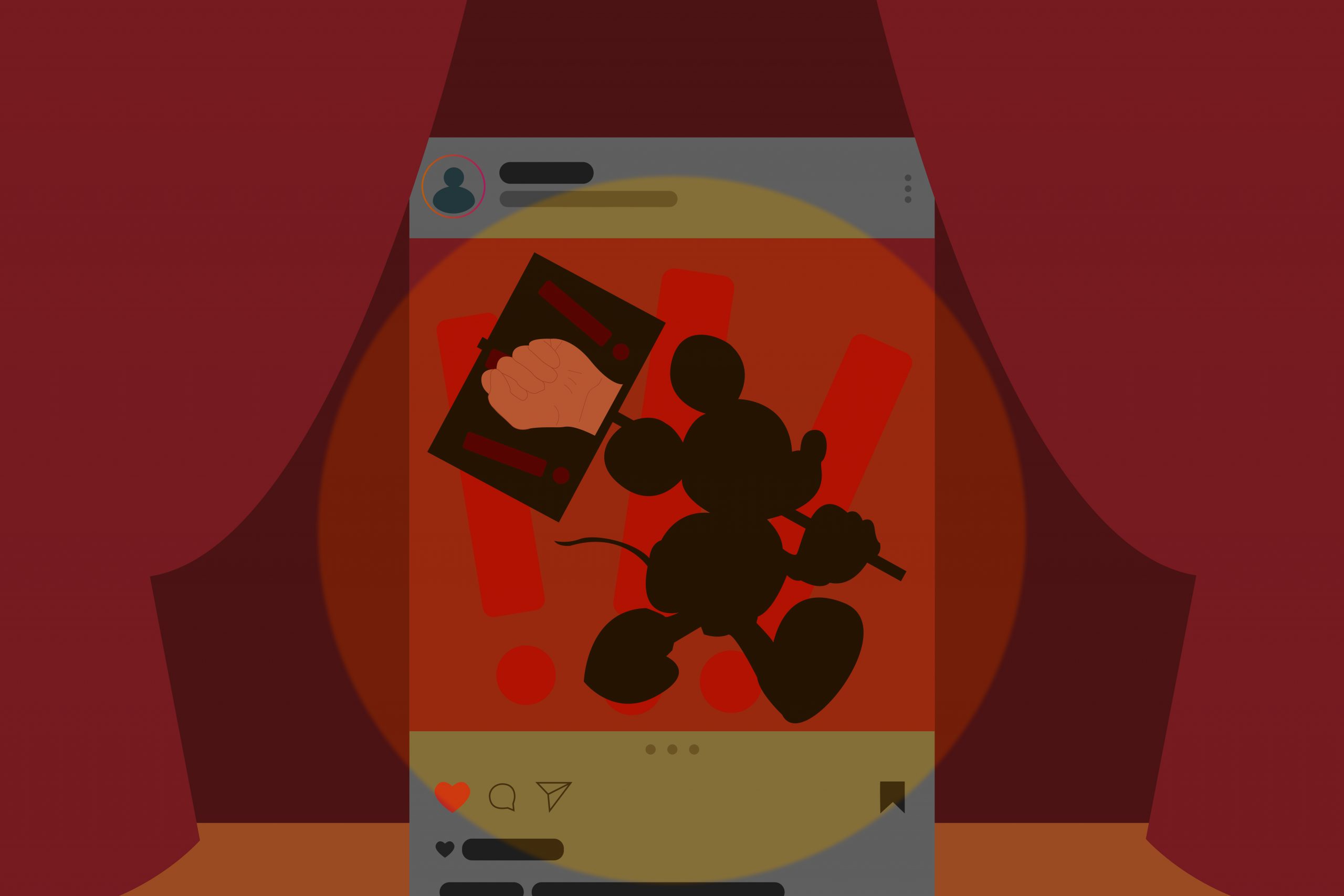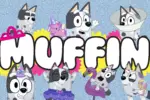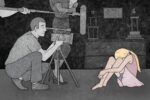For the better part of a century, Disney has been heralded as the paragon of family entertainment. The company, initially an animation studio focused on the creation of family-oriented films and shorts, has since become a household name.
In terms of artistic merit, the long-lived studio is unmatched — the few decades over which the relatively new medium of theatrical animation has flourished is a testament to the evolution of an era-defining art form. Walt Disney’s eponymous brand symbolizes not only a juggernaut in the world of animation, but also entertainment as a whole. Companies like ABC, ESPN and Marvel and dozens of others fall under the larger corporate umbrella called Disney.
With great power, however, comes great responsibility. The brand Disney has established of family-friendly values and entertainment for all ages is an image the company seeks to uphold through all of its products, especially those closest to its own nostalgic core.
The Disney experience is an image maintained with care. Strict guidelines for park staff and carefully cultivated marketing strategies promote the iconic symbolism Disney is so very well known for. The nostalgia one feels when interacting with a Disney property is universal — and such is the base of an effective sales approach. Marketing is an art that Disney has down to a science.
As a global name, the company is acknowledged by a global audience — and is thus subject to scrutiny from a diverse range of sources. The first few decades of Disney animation are known to contain troubling elements, especially with regards to projects such as select shorts, or feature-length films like “Song of the South,” which the NAACP criticized for its “glorified picture of slavery,” or “Peter Pan,” similarly criticized for its stereotyped and inaccurate caricatures of Native American cultures.
These projects, symptoms of their time period, contain disrespectful depictions of different cultures and ethnicities, and are today regarded as generally inappropriate for modern audiences. Parents are urged to be mindful when presenting these films to their children.
To its credit, Disney has made a concerted effort to mitigate these past events. With the premiere of Disney+, a content warning was placed before any film containing a racist depiction of a culture, and some films were even made unavailable to younger audiences. This disclaimer, revised from an earlier one from 2019, was generally well-received, and many found it to be indicative of Disney’s willingness to correct, or at least acknowledge their past mistakes.
Despite its strides to create a more inclusive atmosphere, some feel that Disney still misses the mark. While characters of different backgrounds can be found within the Disney canon, critics argue they are few and far between. Seeing oneself represented in media is of great significance to many individuals who identify with marginalized and underrepresented groups.
Some animated films from major studios Pixar and Disney Animation Studios have been scrutinized for their treatment of Black characters. A recurring theme sees Black protagonists turned into non-human animals or beings for the majority of their run time, as is the case in films such as “The Princess and the Frog” and “Soul.” These are criticisms that shouldn’t be ignored, as more accurate, positive representation of non-white characters in animation is a development many audiences would like to see.
Disney’s most controversial film over the past few years, however, was the live-action 2020 remake of the animated classic “Mulan.” The film pulled a very modest $70 million at the box office, due not only to its less-than-ideal critical reception but its accusations of supporting human rights violations. Much of the movie was filmed in China’s Xinjiang region, where Uyghur Muslims are currently being held in internment camps. This was met with outcry from many American fans, many of whom boycotted the film.
The film’s star Liu Yifei was also criticized by audiences in America and Hong Kong when she shared her support for the Hong Kong police, who were found to have committed acts of police brutality since the start of the Hong Kong protests in 2019.
Though met with concern surrounding “Mulan,” Disney has given its all to the restoration of its public image. Anti-racism has made an increasing presence in the corporate conscience within the past year, and Disney is no exception. Their employee program, titled “Reimagine Tomorrow,” was designed to address racial bias within the workplace.
The program was mentioned in their 2020 Corporate Social Responsibility Report, which also details the company’s plans to address social, economic and environmental issues in the future. Disney similarly continues its endeavor to improve representation within its growing sphere of movies and TV series with its inclusion of ethnically diverse and LGBTQ+ characters.
Though some live-action remakes of Disney’s animated films have garnered mixed reviews, fans have cited their appreciation for the studio’s mindfulness in regards to the casting of more diverse actors. Actresses Halle Bailey and Rachel Zegler, both women of color, are set to play the iconic princesses Ariel and Snow White respectively.
All in all, nothing is without fault — including the world’s most renowned patron of entertainment. When consuming any content, one needs to think critically, yet receptively. It does no good to ignore or dismiss shortcomings, and racism, exclusion and mistreatment are never excusable.
Does this mean that Disney products can’t be enjoyed? No.
While one should take care to acknowledge the complex social history behind any form of entertainment and be always willing to learn, that doesn’t necessitate abstinence from all mouse-branded entertainment.
Everybody is a fan of at least one Disney franchise, from its animated works to its numerous TV series. Appreciating and thinking critically about media are not mutually exclusive concepts. Rather, an attentive viewer employs both, consuming content and then reflecting on its values.

















